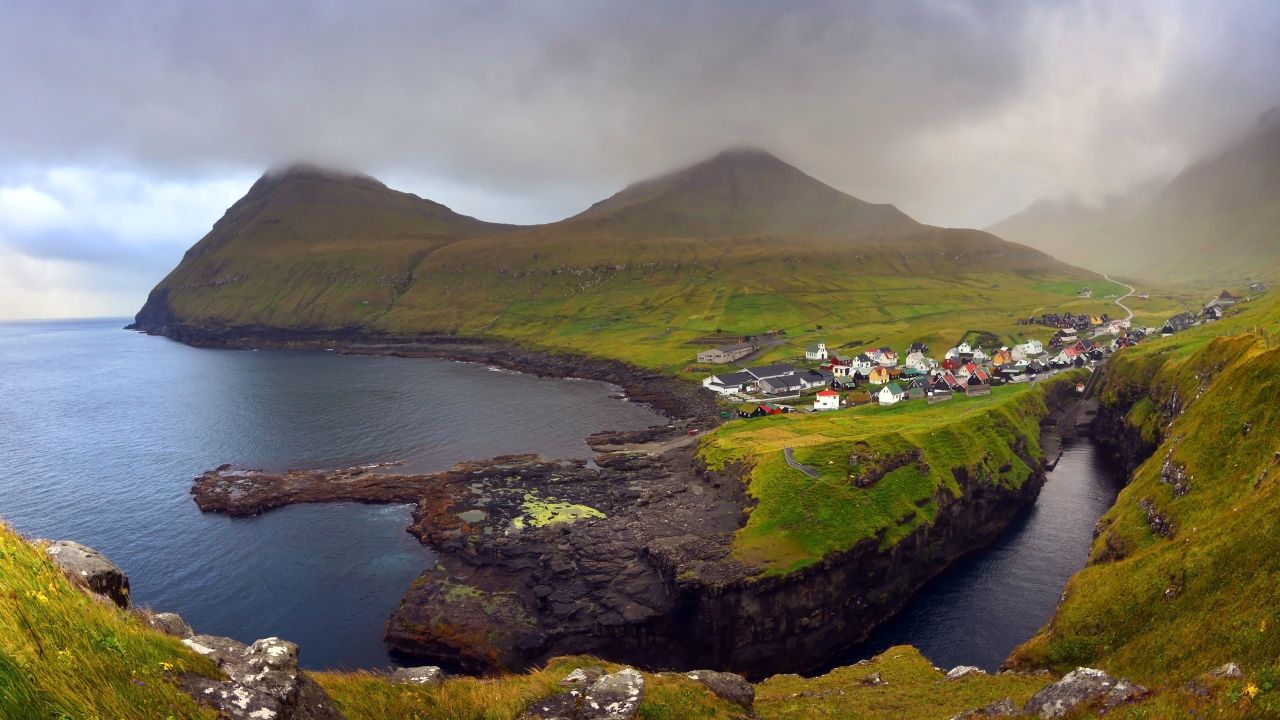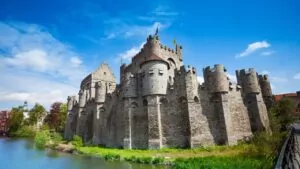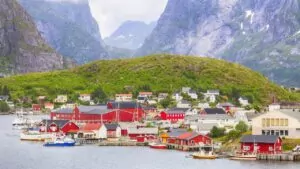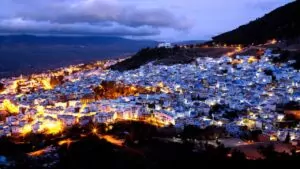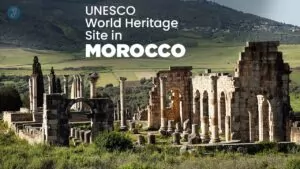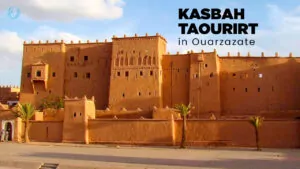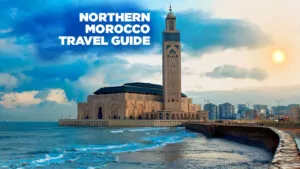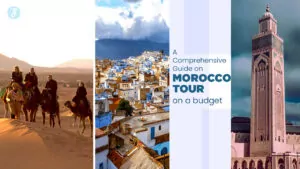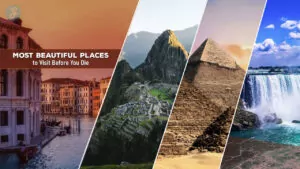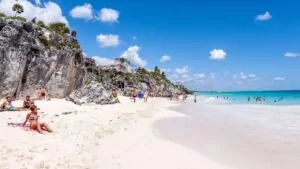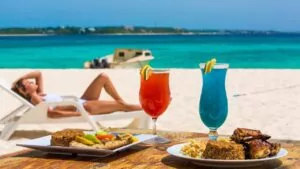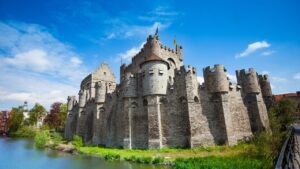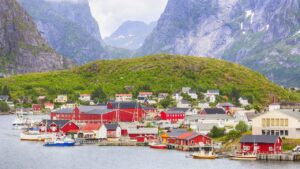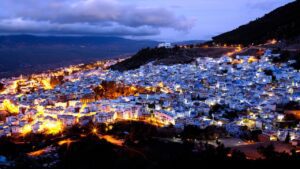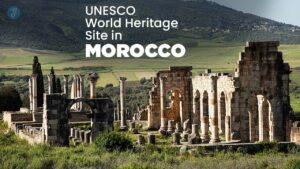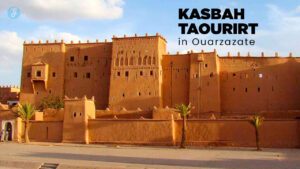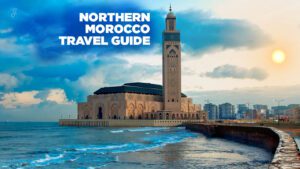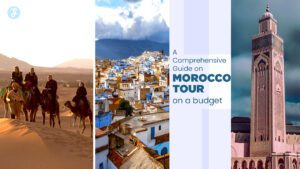The Faroe Islands, a remote cluster of 18 volcanic islands nestled between Iceland and Norway, might just be one of Europe’s best-kept secrets. Often overlooked for more popular destinations, the Faroe Islands are a paradise for travelers seeking raw nature, cultural depth, and peaceful seclusion. With rugged cliffs, cascading waterfalls, and friendly locals, it’s easy to see why more people are falling in love with this North Atlantic wonder.
These islands are not only geographically unique but also culturally distinct. Governed by Denmark yet autonomous, the Faroes boast their own language, customs, and a lifestyle deeply rooted in their environment. Sheep outnumber people here, and weather patterns can change in minutes, offering dramatic skies and ethereal light that captivate artists, hikers, and photographers alike.
Let’s take an in-depth look at the 12 compelling reasons why you should pack your bags and discover the enchanting beauty of the Faroe Islands.
1. Untouched Natural Beauty
The Faroe Islands are nature at its purest. Picture towering cliffs, deep fjords, and rolling green hills dotted with sheep. The islands feel like something out of a fantasy novel. This pristine landscape has been shaped by centuries of volcanic activity, wind, and rain, creating jagged coastlines and dramatic valleys.
| Feature | Description |
| Famous Spots | Mulafossur Waterfall, Gásadalur, Leitisvatn Lake |
| Best Time to Visit | May to August for vibrant greenery |
| Popular Activities | Sightseeing, hiking, landscape photography |
Many areas in the Faroe Islands remain undeveloped, which means visitors can truly immerse themselves in untouched scenery. There’s a sense of calm and wonder you feel when standing alone on a cliff edge, overlooking crashing waves and infinite skies.
2. Perfect for Off-the-Beaten-Path Travelers
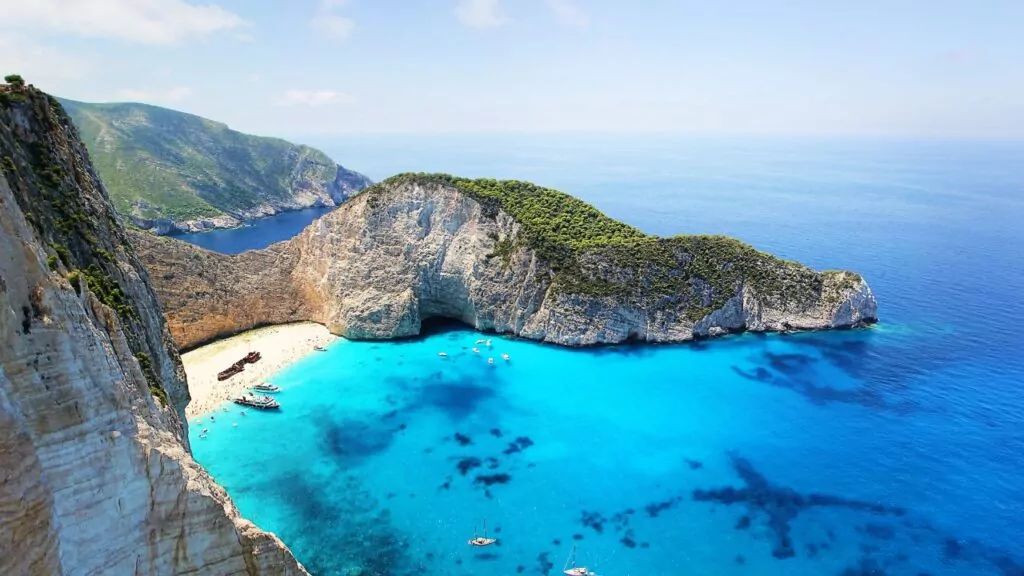
If you prefer destinations that are quiet, authentic, and largely tourist-free, the Faroe Islands will delight you. The islands receive far fewer visitors compared to Iceland or Norway, making it a true escape for those wanting to disconnect.
| Aspect | Why It Stands Out |
| Tourist Density | Low |
| Authenticity | High; traditional villages and local life |
| Travel Style | Ideal for slow travel and exploration |
Small fishing villages like Gjógv and Funningur offer a glimpse into daily life untouched by mass tourism. Public transportation reaches most inhabited areas, and a car rental makes even remote corners accessible.
3. Rich Nordic Culture and Traditions
Despite their small size, the Faroe Islands have a vibrant culture rooted in Norse history and local customs. Music, storytelling, and dance have been passed down through generations. The Faroese people have preserved their traditions while adapting to the modern world.
| Cultural Highlight | Details |
| Language | Faroese (with some Danish and English spoken) |
| Main Festival | Ólavsøka, held in July, with parades and folk events |
| Unique Practices | Boat building, wool crafting, traditional songs |
During national holidays, you can witness chain dancing – a unique form of circle dance that retells stories from Viking sagas. Locally produced music is also thriving, blending old ballads with contemporary sounds.
4. Birdwatcher’s Paradise
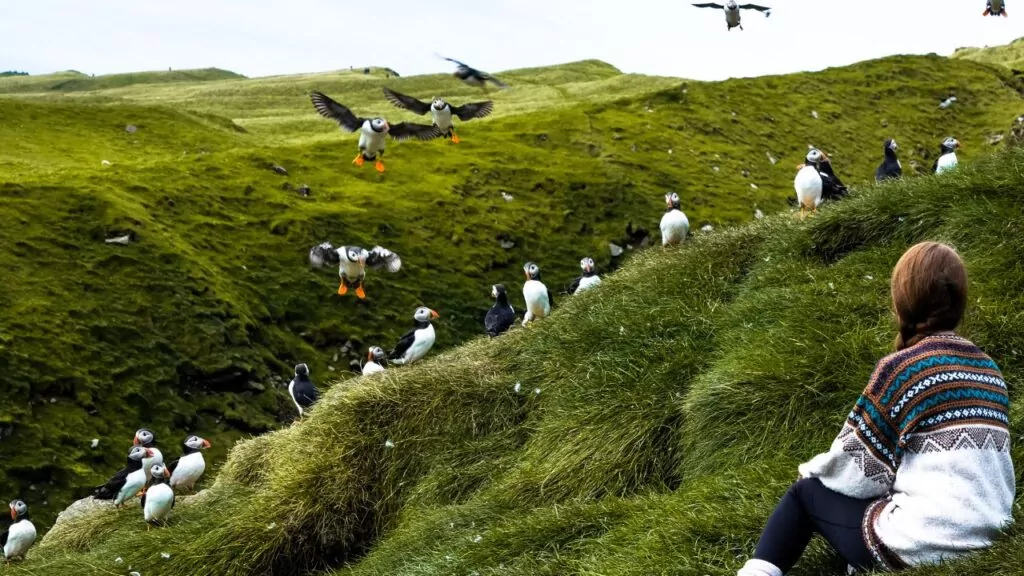
The Faroe Islands are home to millions of seabirds, including puffins, guillemots, and storm petrels. Cliffs like those on Mykines Island offer one of the best birdwatching experiences in Europe.
| Bird Species | Best Viewing Spots | Season |
| Atlantic Puffins | Mykines, Vestmanna Cliffs | May to August |
| Guillemots | Nólsoy, Streymoy | Summer |
| Fulmars & Petrels | Northern cliffs | All year |
Birdwatching tours are available and often led by experts who explain the behaviors and migratory patterns of these seabirds. Mykines, the westernmost island, is also a designated Important Bird Area (IBA) by BirdLife International.
5. Warm and Welcoming Locals
Faroese people are known for their hospitality and community spirit. It’s common for locals to invite travelers for coffee or offer help with directions. Conversations are relaxed and personal, and visitors often form long-lasting connections.
| What to Expect | Cultural Traits |
| Language Barrier | Low; many speak English fluently |
| Local Attitudes | Friendly, curious, and respectful |
| Homestay Experiences | Available and often memorable |
Locals take pride in their heritage and are often eager to share insights about island life, food, weather, and history.
6. Incredible Hiking Trails with Jaw-Dropping Views
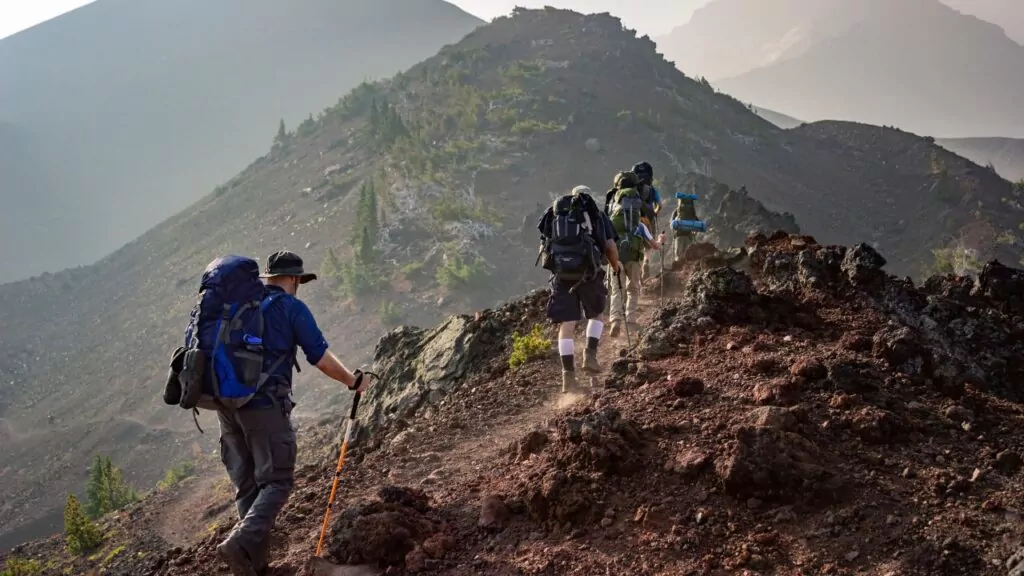
Hiking in the Faroe Islands offers some of the most awe-inspiring landscapes in Europe. Trails vary in length and difficulty and often pass through dramatic terrain where you might not meet another person for hours.
| Trail Name | Difficulty | Key Sights |
| Kallur Lighthouse | Easy | Panoramic views of Kalsoy Island |
| Saksun to Tjørnuvík | Moderate | Mountains, beach, waterfalls |
| Slættaratindur Peak | Hard | Highest point in the Faroes |
Guided hikes are available for those who want local insight or are wary of navigating unpredictable weather and rugged paths.
7. Unique Gastronomy with Local Flavors
Faroe Islands cuisine is shaped by its oceanic climate and Nordic roots. Expect fresh seafood, wind-dried lamb, and innovative dishes that surprise and delight. Preservation methods like fermenting and drying are still widely practiced.
| Dish | Description |
| Skerpikjøt | Fermented lamb leg, air-dried |
| Ræstur fiskur | Fermented fish, often cod or haddock |
| Michelin Dining | KOKS Restaurant offers modern local cuisine |
Chefs on the islands are deeply committed to sustainability, often foraging for wild herbs and using every part of the animal or fish.
8. Mesmerizing Midnight Sun and Northern Lights
Depending on the season, the Faroe Islands treat visitors to either glowing midnight sun or the mystical Northern Lights. Summer days can stretch to 22 hours of light, while winter invites crisp, dark skies ideal for aurora viewing.
| Natural Phenomenon | Best Months | Visibility Notes |
| Midnight Sun | Late May to mid-July | Long days, golden lighting |
| Northern Lights | October to March | Best with clear, dark skies |
The unique light conditions contribute to the surreal atmosphere that artists and nature lovers often describe as “otherworldly.”
9. Easy Access from Europe Yet Still Remote
Though isolated, the Faroe Islands are surprisingly accessible. Atlantic Airways offers regular flights to several European hubs, and the islands’ small size makes travel easy and manageable once you’re there.
| Access Method | Route Examples | Duration |
| Flights | From Copenhagen, Edinburgh | 1.5–2 hrs |
| Ferries | From Denmark (Smyril Line) | ~36 hours |
The small Vágar Airport is efficient and scenic, with car rentals and public buses immediately available.
10. Photographers’ Dream Destination
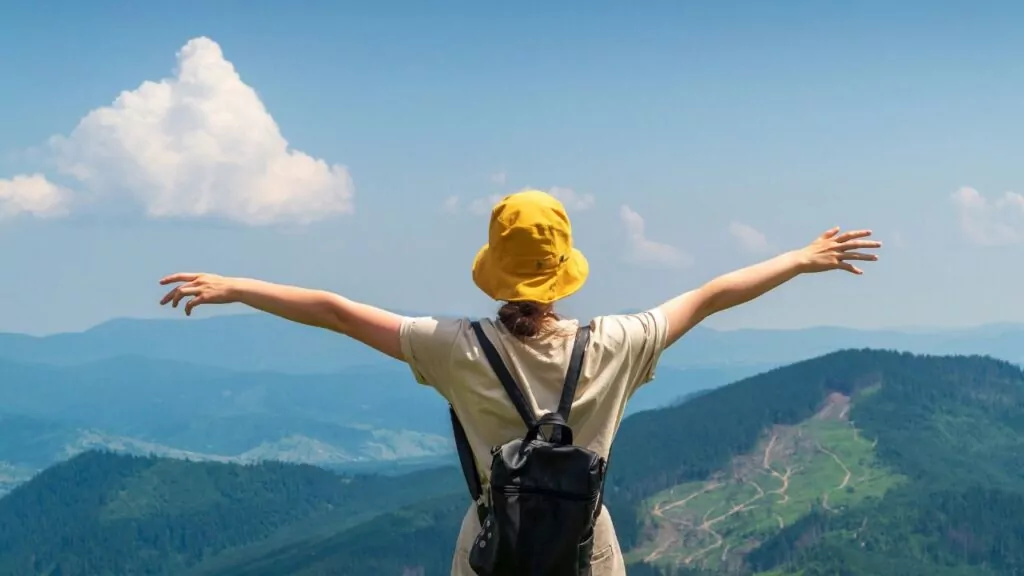
Every corner of the Faroe Islands offers a unique perspective. The constantly changing weather, fog, cliffs, and vibrant houses make the islands incredibly photogenic.
| Subject | Ideal Locations | Best Time |
| Waterfalls | Mulafossur, Fossá | After rain |
| Seascapes | Kalsoy, Eysturoy, Sandoy | Early morning |
| Villages | Gjógv, Saksun, Tjørnuvík | Golden hour |
Whether you’re using a phone or DSLR, the Faroe Islands make it easy to capture memorable shots.
11. Safe, Peaceful, and Environmentally Conscious
The Faroe Islands boast one of the lowest crime rates in the world. The society is tightly knit and values safety, community, and environmental responsibility.
| Safety Aspect | Details |
| Crime Rate | Extremely low |
| Healthcare Access | Good; emergency services available |
| Eco Initiatives | Wind power, salmon farming reforms |
Eco-tourism is encouraged, and travelers are advised to follow local codes such as “Respect for Nature and Community.”
12. Year-Round Beauty and Adventure
No matter when you visit, the Faroe Islands have something to offer. The islands experience all four seasons with dramatic flair.
| Season | What to Expect |
| Spring/Summer | Festivals, hiking, birdwatching |
| Autumn/Winter | Stormy seas, warm cafes, northern lights |
Each season brings new colors, moods, and experiences. Winter is ideal for solitude and indoor coziness, while summer is perfect for exploration.
Takeaways
The Faroe Islands may be small in size, but they offer grand experiences. From stunning scenery and rich culture to unforgettable hospitality, this hidden gem is a destination unlike any other. Whether you’re a nature lover, photographer, hiker, or cultural enthusiast, there’s something here for you.
The islands invite you to slow down, breathe in fresh Atlantic air, and rediscover the joy of simple, powerful moments in nature. As tourism grows, the Faroese continue to balance tradition and sustainability, making it a responsible and enriching place to visit.
So next time you plan a trip, consider the Faroe Islands—a place where nature, authenticity, and peace come together in the most beautiful way.
FAQs About Visiting the Faroe Islands
Q1: What is the best time to visit the Faroe Islands?
A: Late spring to early autumn (May to September) offers the best mix of weather, wildlife, and events.
Q2: Do I need a visa to travel to the Faroe Islands?
A: If you’re from the EU, EEA, UK, or Schengen Area, you generally don’t need a visa. Others may require a Danish visa.
Q3: How many days should I plan for the Faroe Islands?
A: A 5–7 day trip allows you to explore several islands at a relaxed pace.
Q4: Are the Faroe Islands expensive to visit?
A: Yes, costs are similar to other Nordic countries, but budget options like hostels and home-cooked meals help.
Q5: Is driving safe in the Faroe Islands?
A: Yes, roads are in excellent condition. However, fog and narrow mountain roads require caution.
Q6: What is the local currency?
A: Faroese króna (pegged to Danish krone); credit cards are widely accepted.

